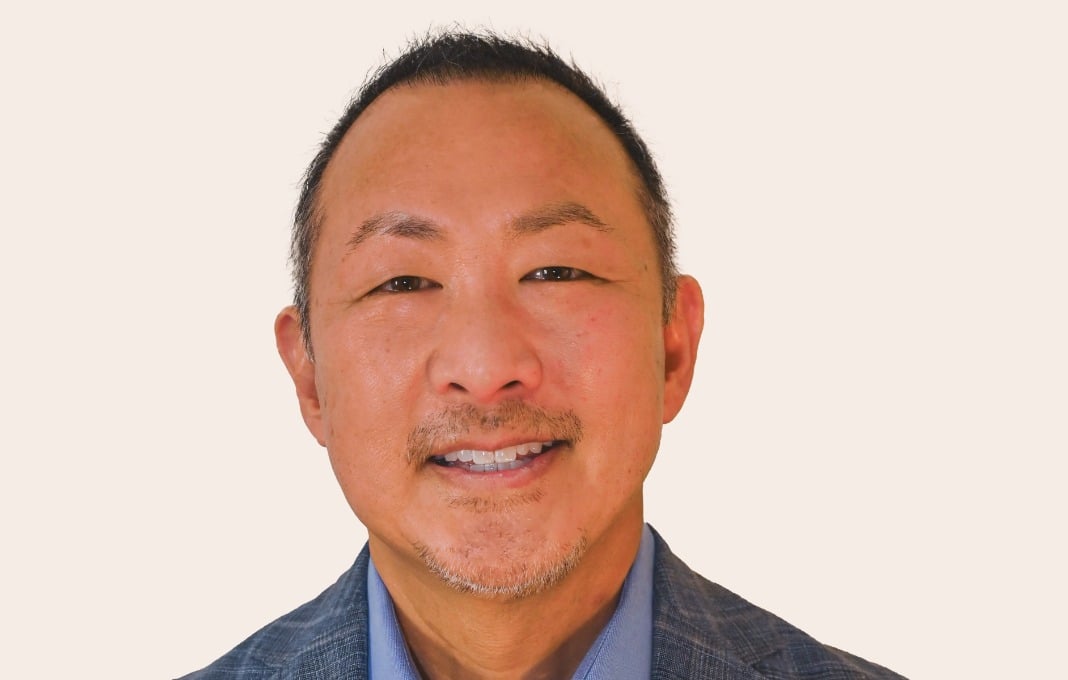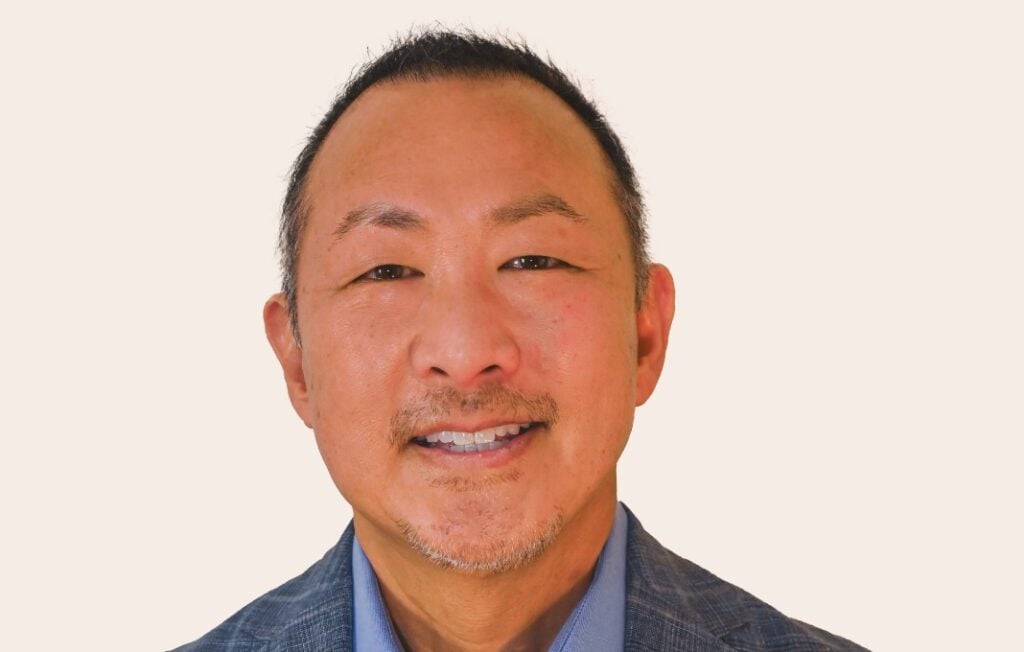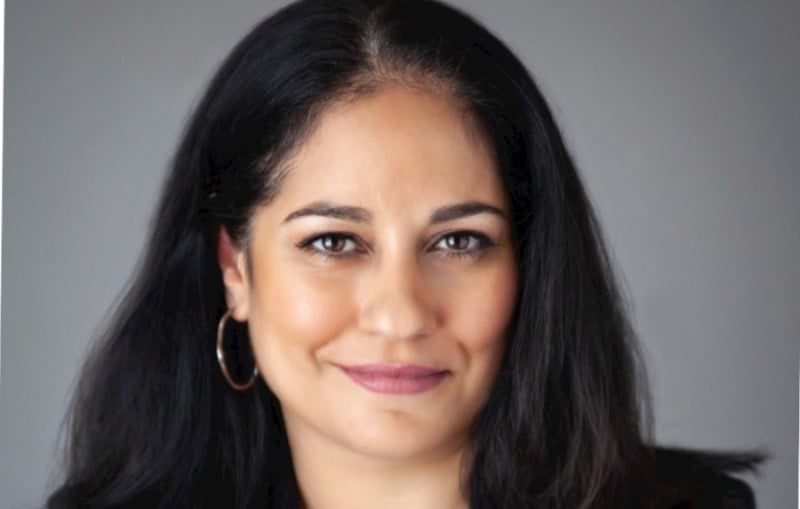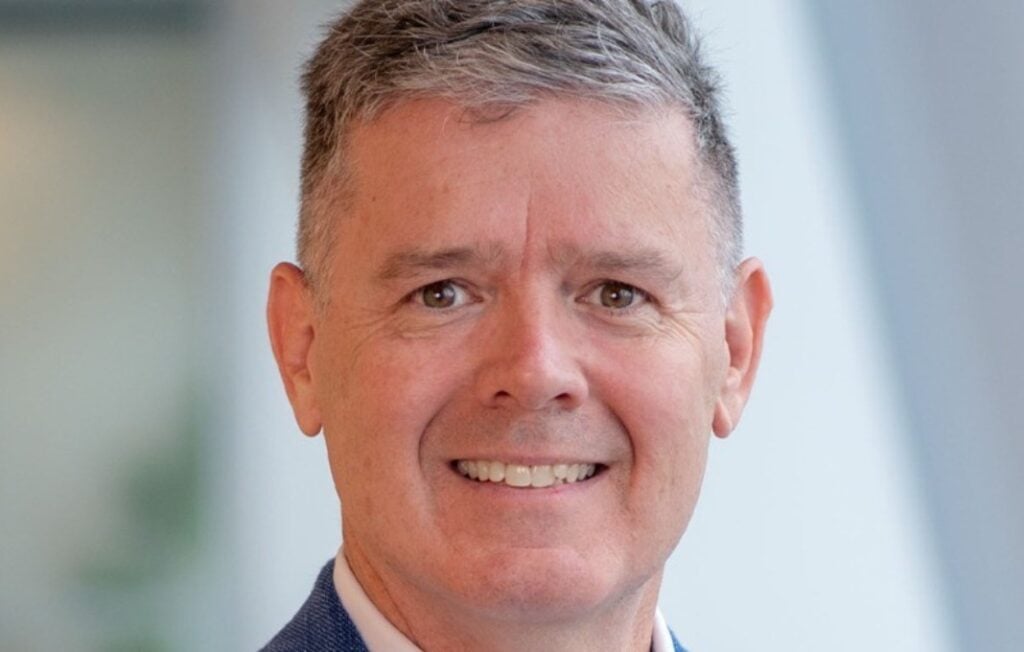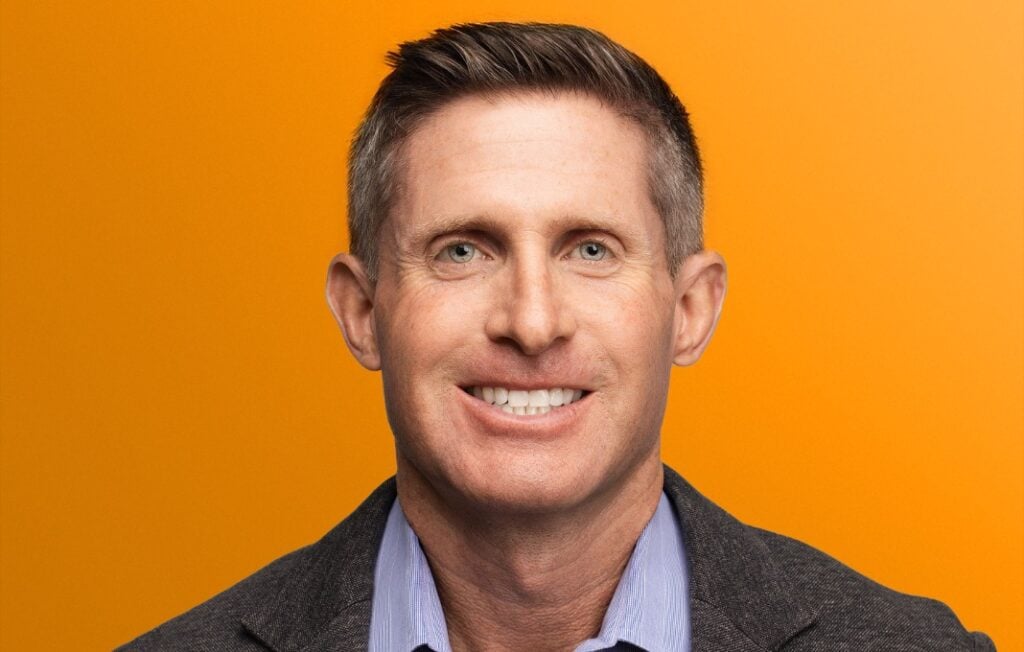Many leaders tasked with hiring may find themselves in this position: You consistently bring in new team members whose glowing resumes seem like a surefire way to keep your business on the cutting edge. And yet, when it comes to measuring impact, something is still coming up short. How is this possible, even with the best talent?
“We often fixate on filling roles or staffing teams with the slight erosion day over day on the longer-term quality of the capability we need the day after tomorrow,” says Mike Ohata, author, former KPMG partner, talent strategist and leadership advisor to St. Charles Consulting Group based in St. Charles, Illinois. “We can’t just leave it to the rain and sunshine to make the garden vibrant and engaged. We need to attend to and tend the workforce.”
Ohata shares why this philosophy, focusing on growing the team you need, produces superior results for organizations—and their employees.
Many companies still rely on traditional talent models, especially as it relates to talent acquisition and developing the workforce. What do you think they’re overlooking when it comes to unlocking real potential within their workforce?
Many companies currently have an intense focus on skills development and skills readiness as it relates to the changing business environment and the seemingly disruptive innovation of AI. On one hand, initiatives for skilling, reskilling and upskilling have crowded our vocabulary for more than a few years.
On the other hand, all organizations focus on building into the workforce the right, timely skills from identifying them and securing them through recruiting, during onboarding and ongoing training of employees. The hyper-skills centricity in our talent models is predictable, understandable and a good starting point.
We also need to focus on the broader capability of the workforce by recognizing and appreciating all talent. Yesterday and today’s talent models tend to focus on high potentials for talent development—a bit of jargon—that concentrates on leadership development and deeper attribute and characteristic development of key leaders.
This operating belief asserts that leaders will develop the workforce, which typically equates to starting and stopping with skills. The high-potential leader holds the accountability for their business results, and we bestow faith in them. All good.
However, ask any key leader or their leadership team, and we find out that while they hire the best people, they often feel like they lack the right people. How can that be? If our talent model has rightly focused on the required skills, then where and why do we perceive coming up short?
Most organizations and their leaders fail to see all the talent and the need to develop the workforce in terms of skills, attributes and characteristics—including leadership—and valuable experiences where employees apply, test and improve those skills and qualities. When it comes to high-potential leaders, we don’t hesitate to push them through the equation above, and understandably, as we sincerely endeavor to make prudent investments.
The reality is that the workforce takes time to develop, clarity of outcomes needed and full-on intention. We can’t just leave it to the rain and sunshine to make the garden vibrant and engaged. We need to attend to and tend the workforce.
As business leaders, if we don’t, then we know that good employees will leave for work environments that value them, and grow them—that is, invest in their workplace education. One benefit of the latest generation of AI-enabled talent systems is that they should help broaden access to more holistic development opportunities..
We often hear about delivering on business results with employee development. How do we efficiently and effectively do that in a today’s workplace and with today’s workforce?
To deliver on business results with employee training and development, we simply draw a straight line from the expected results back to the skills, competencies and overall workforce capability. In the opposite direction we convert skills into performance. This might feel harder than it sounds, but in general we are accustomed to doing so with our workforce.
We need positive and engaged customer service that results in satisfaction, so we train on proven and optimal processes to resolve common issues. We coach on handling specific scenarios. Robots, automation, procedures, transactions and the like tend to have tangible outcomes so we feel more comfortable.
However, if the business result on a sales transaction is for the consumer to have a great experience, then the process and interaction may involve more dimensions which feels complex.
Still, the exercise is to draw a straight line which serves as a clear hypothesis for how results are achieved. The components of that equation include not only skills, knowledge and know-how, but the kind of characteristics which will supports the employee in handling novel situations that require adapting to how the apply skills and competencies trained on.
Learning and development typically accomplish this through scenarios, role play and the like. Those methods work, but here is the real kicker. As leaders and managers, we just need to have the simple conversation of what good looks like, what business results we need to achieve and how we hypothesize or believe that translates into the development activities. We can test it and adjust as appropriate.
Collaboration across the workforce can spread collective insight and practice faster than any training activity, and that’s developing the workforce.
Skills seem to be at the heart of today’s talent and workforce conversations, which seems relatively straightforward. What are organizations missing, and how should leaders think about this?
Yes, it does feel true that skills sit in the center of today’s talent and workforce conversations. The discussion is not new, but the urgency feels more oppressive. Some of that pressure builds from the hype around AI and the ongoing rapid innovation in computing technologies.
As leaders, we sometimes get caught up in the FOMO (fear of missing out), and that does not imply that we should be slow to pay attention. We all have an imperative to track disruption, technology and plan for how those impact our businesses, how we adopt and so forth.
Automation and AI bring to the foreground the intersection with humans and how the work we do changes. Again, we have been on this journey from the industrial revolution through the technology and then digital revolutions.
So, if organizations sense loss or that we might miss something, leaders should focus on the overall workforce: What is the intersection and interplay between humans and AI, what are the attributes that a sustainable, agile and scalable workforce—in addition characteristics such as learnability and adaptability. How do we build broader organizational capability and capacity versus focusing on training for skills?
How can leaders shift their mindset and practices to go beyond tactical objectives around staffing and resourcing, and start truly tackling workforce agility, adaptability and sustainable capability and capacity?
If you want to unlock your workforce’s potential, start by seeing your people and then building their capabilities. Their abilities are in fact the strength of your organization. We sometimes forget the people in the workforce because they are there day after day, month after month and business cycle after business cycle. Employees, managers and leaders come in and out of our view every day. Anything that much in view becomes, after a while, invisible, or at least unnoticed.
When we forget the people, we tend to look only at the process and the outcomes of the process, and miss the very thing we need: great talent. For example, we often fixate on filling roles, staffing teams with the slight erosion day over day on the longer-term quality of the capability we need the day after tomorrow. The mind shift here is more about balancing a broader view of all talent with the constant drive for business outcomes over a longer time horizon than we typically operate.


